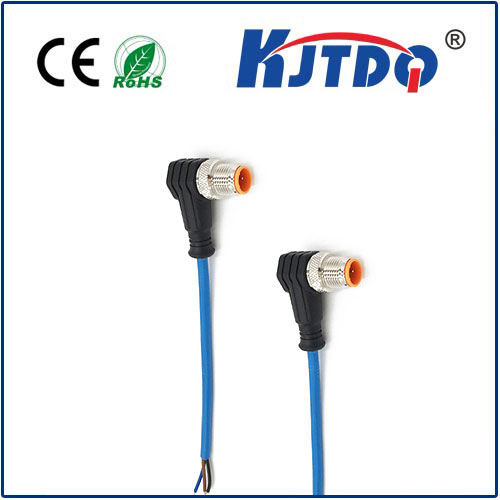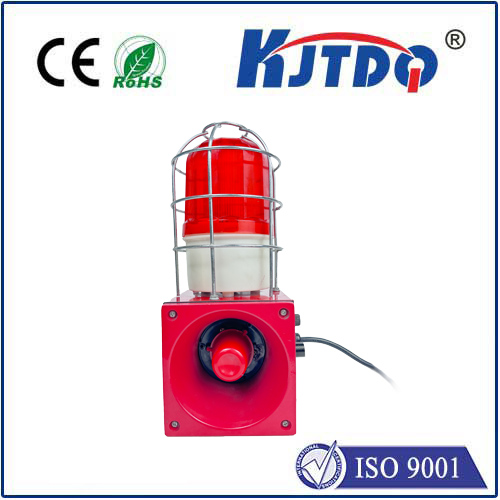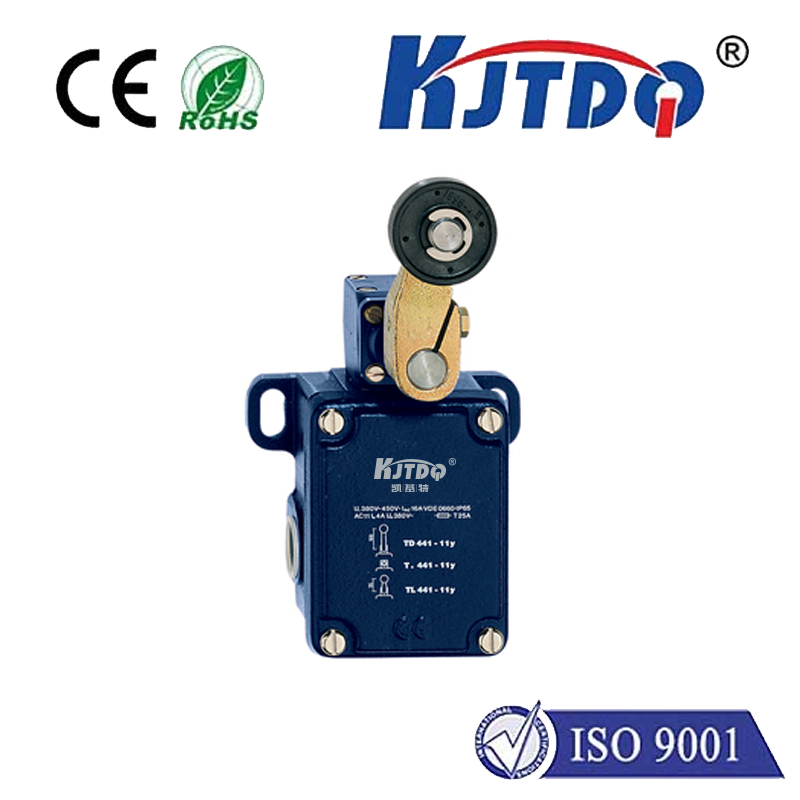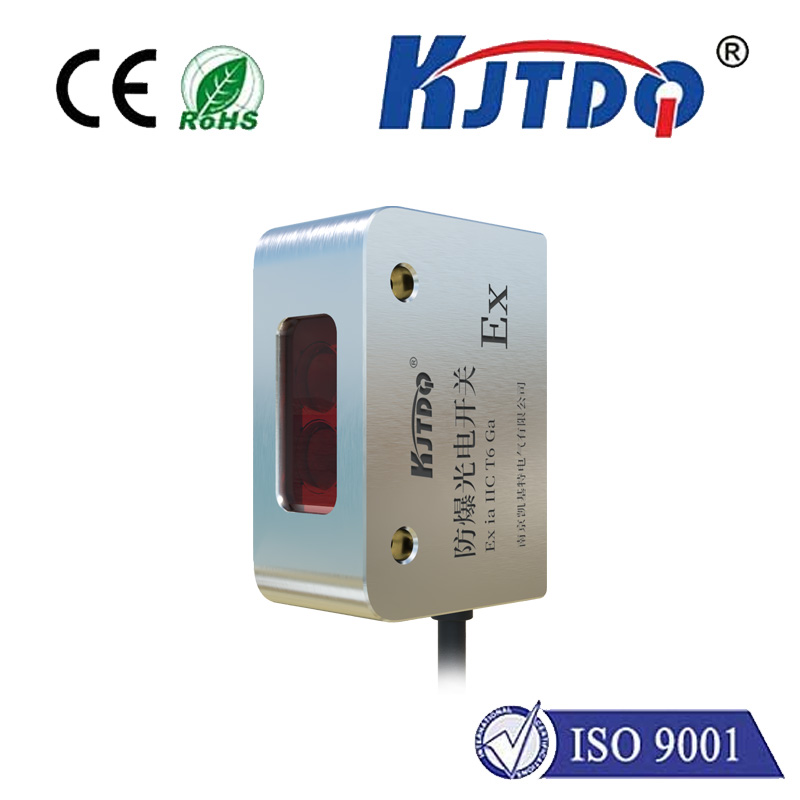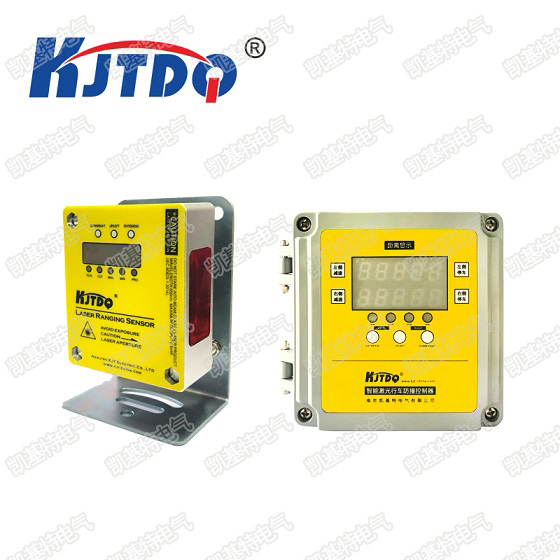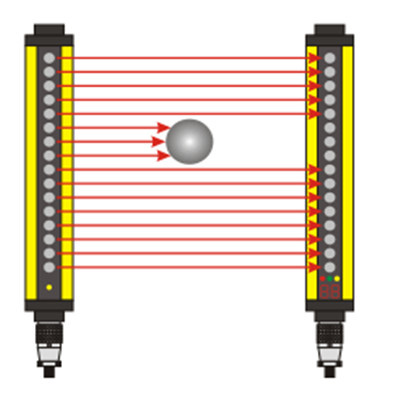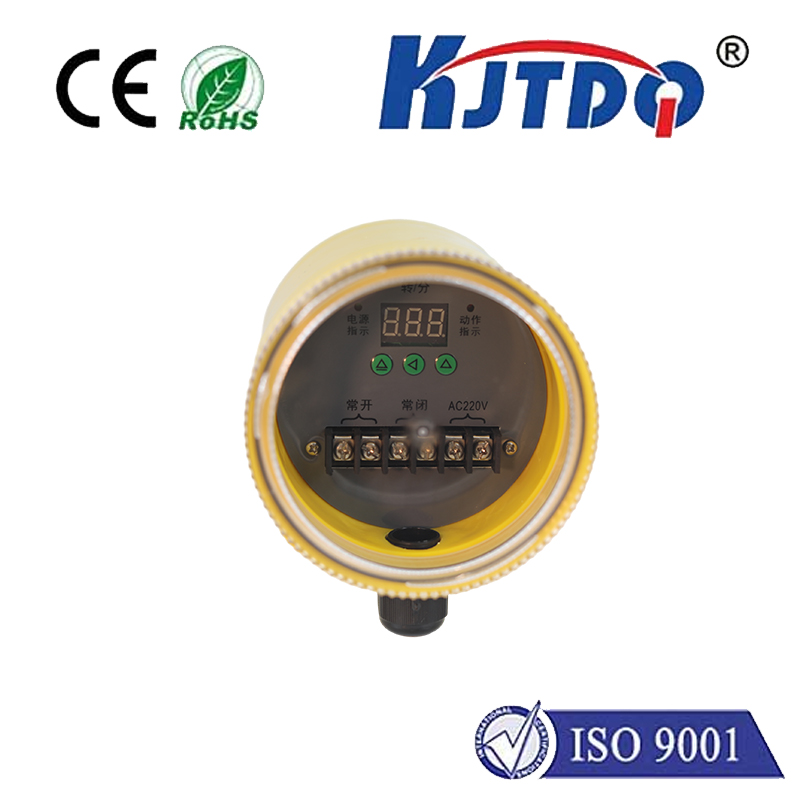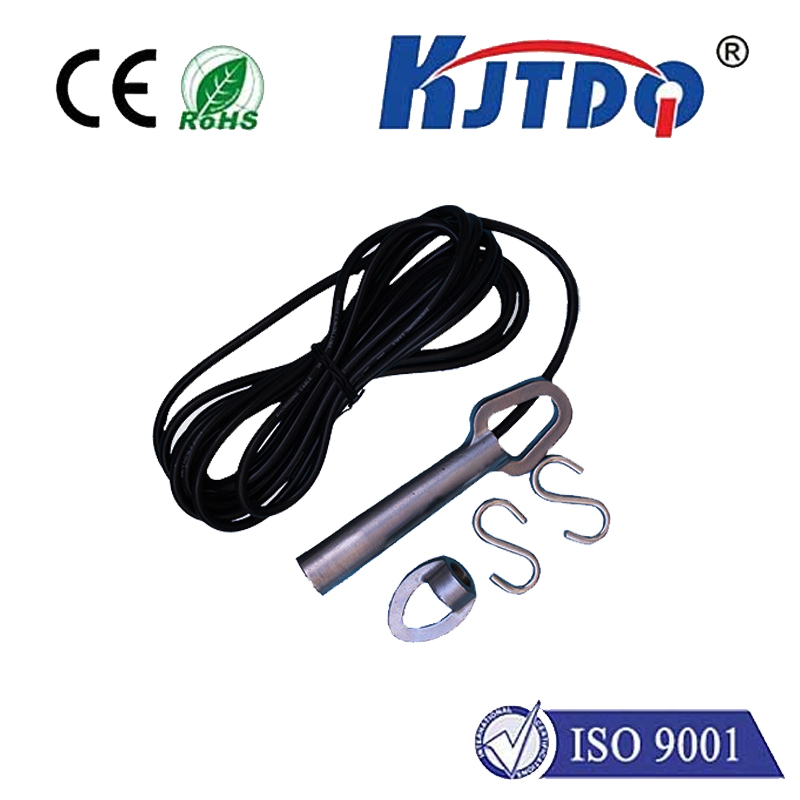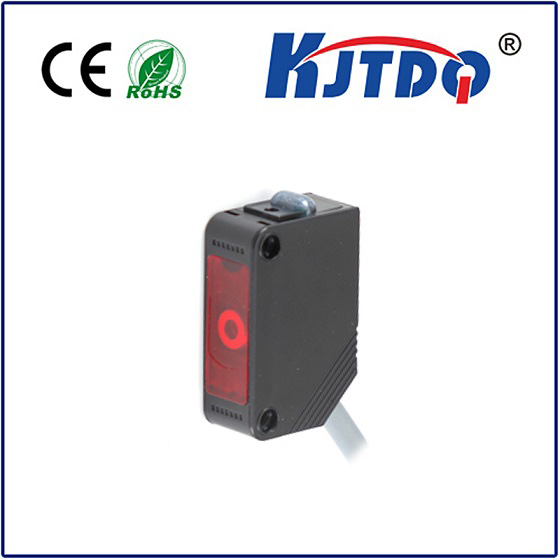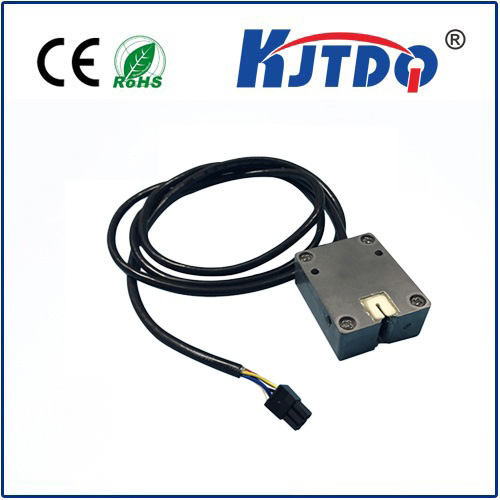inductive sensor m12
- time:2024-11-09 01:19:35
- Click:0

Understanding the Inductive Sensor M12: Applications and Advantages
In the realm of industrial automation and control systems, inductive sensors play a crucial role. Among various models and sizes, the inductive sensor M12 stands out due to its specific applications and benefits.
What is an Inductive Sensor?
An inductive sensor is a type of proximity sensor that operates based on the principles of electromagnetic induction. It detects metal objects without any physical contact by sensing changes in an induced magnetic field. The M12 refers to the thread size, which is standardized for easy installation and compatibility with industrial equipment.
Key Features of the Inductive Sensor M12
The M12 inductive sensor is designed for durability and accuracy. Its robust construction ensures longevity even in harsh environments, making it suitable for heavy-duty industrial applications. The M12 threading allows for secure and reliable mounting on machinery and equipment, reducing the risk of dislodgement during operation.
Applications of the M12 Inductive Sensor
These sensors are widely used in various industries for different purposes. Some of the common applications include:
- Material Handling: The M12 sensors help in the detection of metallic objects in conveyor belts and sorting mechanisms, ensuring efficient material flow and preventing jamming.
- Automotive Industry: In car manufacturing, they are used to monitor the position of components and ensure precision in assembly processes.
- Machine Tools: These sensors play a vital role in monitoring tool positions in CNC machines, enhancing machining accuracy and productivity.
- Packaging Systems: M12 inductive sensors are employed to count and control the flow of cans or bottles in packaging lines, ensuring consistent output quality.
Advantages of Using the M12 Inductive Sensor
- Reliability: With a high level of immunity to environmental factors like dust, moisture, and temperature variations, the M12 sensors provide consistent performance in diverse settings.
- Versatility: Available in various detection ranges and configurations, they can be tailored to fit specific requirements, making them versatile for multiple applications.
- Cost-Effectiveness: Despite their advanced features, these sensors are cost-effective solutions for improving automation systems’ efficiency and reliability.
- Easy Integration: The M12 threaded design simplifies installation and integration into existing systems, reducing downtime and setup costs.
Conclusion
The inductive sensor M12 offers substantial advantages in terms of durability, versatility, and ease of use, making it an indispensable component in modern industrial automation. By choosing the right sensor size and specifications, businesses can enhance their operational efficiency and maintain high standards of product quality.





